Housing First
description: a policy that offers permanent housing as quickly as possible to homeless people, and other supportive services afterward
9 results
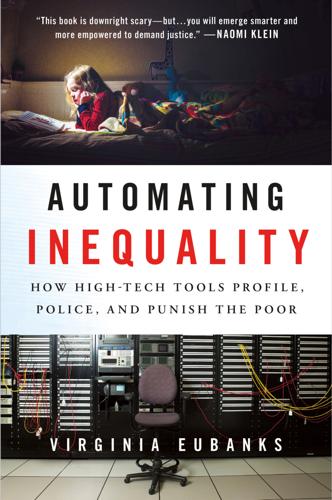
Automating Inequality
by
Virginia Eubanks
The other conceptual shift in coordinated entry is its housing first philosophy. Until very recently, most homeless services operated on a “housing readiness” model that moved individuals through different program steps before they could be housed. Someone who had been sleeping on the street or in their car might first enter an emergency shelter, then shift to a transitional housing program, and finally attain independent housing. At each stage, a set of behavioral requirements—sobriety, treatment compliance, employment—were gateways that controlled access to the next step. The housing first approach emerges instead from the understanding that it is difficult to attend to other challenges if you are not stably housed.
…
It is a low, large, beige building packed wall-to-wall with bunk beds with about two hand-spans of space between them. Despite the staff’s attempts to make everyone feel welcome and to preserve clients’ dignity, it feels like what it is: a warehouse for people. Pathways follows a harm reduction, housing first philosophy, case manager Richard Renteria explains as he gives me a tour. This means that Pathways staff will do everything in their power to keep someone sheltered once they’re in the door. If you’re drunk, they’ll get you a meal and put you to bed. If you’re belligerent, they’ll put you outside on the patio to cool off.
…
Edgar housing American Housing Act (1949) block-busting court cases Fair Housing Act (1968) gentrification Home for Good Housing Authority of the City of Los Angeles (HACLA) “housing readiness” model National Housing Act (1934) permanent supportive housing redlining single room occupancy SRO Housing Corporation Wagner Act See also homelessness housing first philosophy in homeless services Hunt, Quanetha Hurricane Katrina hybrid eligibility systems IBM and apartheid Indiana v. IBM incarceration and child welfare and digital poorhouse and homelessness mandatory sentencing mass and modernization and poverty reentering communities after inclusion as a national value Indiana Committee on Welfare Privatization Issues (COWPI) Concerned Hoosiers eligibility modernization Family and Social Services Administration (FSSA) First Steps program Generations Project Greater Faith Missionary Baptist Church Healthy Indiana Plan Hoosier Healthwise hybrid eligibility system Indiana v.
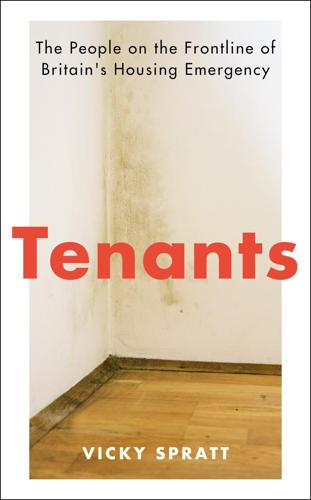
Tenants: The People on the Frontline of Britain's Housing Emergency
by
Vicky Spratt
Published 18 May 2022
Of course, a properly defined right to housing in Britain, underpinned by a commitment to the Housing First philosophy, would not necessarily be a silver bullet, but it would be a foundation on which legislation could be worked out; one that could bring the Housing First mindset to the forefront of our housing policy. It would only work if it was enforced and if we had enough affordable homes for everyone. But, as Scotland’s homelessness laws and changes to private tenancies in recent years show, a Housing First approach which encapsulates the right to housing is completely doable. No Going Back If this all sounds Pollyanna-ish, consider what happened in response to the coronavirus pandemic.
…
He thinks that supply – of both affordable housing to buy and social housing – is key, but told me that a more generous housing benefit system must be a priority if Britain is to tackle housing insecurity and poverty while the supply of affordable housing is sorted out. He applauds the government’s decision to restore Housing Benefit to the lowest third of local market rents during the pandemic, but says that it ‘wasn’t enough’ and ‘shouldn’t have taken a pandemic to trigger the policy change’. If we apply the Housing First philosophy, then it forces an obvious question: why are we knowingly capping Housing Benefit below the cost of rent and pushing people into poverty? The Local Housing Allowance should never have been cut to the point that it stopped covering market rents. This connects back to the political neglect of the private rented sector.
…
All of these measures could go a long way to ending the crisis in the private rented sector, but there is an argument that housing shouldn’t be a party political issue at all. Can something as serious as housing safety and security be up for debate? Food safety standards are not, for instance. Nor is access to fresh, clean, drinkable water. If there was a unilateral commitment to a Housing First approach and the human right to housing, perhaps the political landscape would look very different. It is important to note at this point that not all housing campaigners, advocates and stakeholders agree on these measures. That is not necessarily a bad thing, but it would be a mistake to assume that all centrist, right- or left-leaning housing experts agree among themselves, let alone with one another.
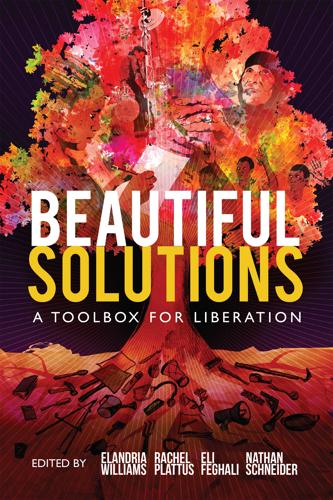
Beautiful Solutions: A Toolbox for Liberation
by
Elandria Williams, Eli Feghali, Rachel Plattus
and
Nathan Schneider
Published 15 Dec 2024
Social media platforms that promote misinformation about public health. Capitalism’s drive for growth and its cultural counterpart: consumerism. Corporate polluters. WHAT ARE SOME OF THE MOST PROMISING STRATEGIES? Valuing care work. Valuing healers. Movements for universal healthcare. Decriminalizing drugs and plant medicines. Social cooperatives. Housing first policies for unsheltered people. Disability justice. Community health workers. Elder and child care cooperatives. Personal, intergenerational, and collective trauma-informed care. HOW ARE WE MAKING BEAUTIFUL TROUBLE? By taking care of each other despite what any law or government says we can do.
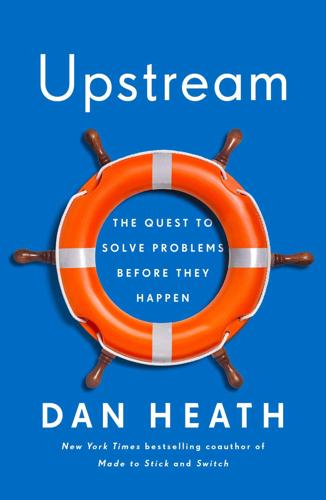
Upstream: The Quest to Solve Problems Before They Happen
by
Dan Heath
Published 3 Mar 2020
“I stopped thinking of people as ‘homeless’ and started thinking of them as people without houses,” said Jaeger. “All a homeless person is, is somebody without a house. The same issues homeless people have, people who are housed have.… People who are housed can start working on those other issues.” Along with the “housing first” strategy came a shift in collaboration, involving what’s known as “coordinated entry.” Cities have many different housing options for homeless people—supportive housing, transitional housing, shelters, and more—and there are many different agencies that interact with the homeless. Imagine a hotel with seven different front desks, each with its own set of policies for who can book a room and how long they can stay, and so on.
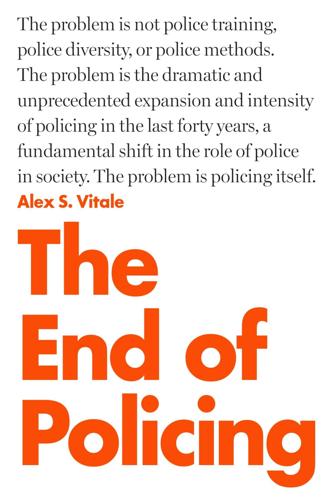
The End of Policing
by
Alex S. Vitale
Published 9 Oct 2017
These units are never affordable to those currently living in shelters and on the streets, however, and such housing does not come with the necessary support service to help people maintain stable housing. Virginia has been a major proponent of a housing-first approach, including rapid rehousing and permanent supportive housing. From 2010 to mid-2016, the state experienced a 31 percent drop in overall homelessness, including a 37.6 percent decrease in family homelessness. In 2015, it became the first state to end veteran homelessness.22 The state of Utah was also an early adopter of a housing-first approach. Overall, officials are very happy with the results, which have significantly reduced overall homelessness and the number of chronically homeless people, who tend to have the most interactions with the police, courts, emergency rooms, and jails.
…
Some religious-based service providers and even secular nonprofits continue to rely on a personal-responsibility model that blames homeless people, directly or indirectly, for their condition and demands that they demonstrate a willingness to abide by certain moral codes before receiving services. These codes can be especially restrictive and even discriminatory toward LGBTQ people. Even if we began moving immediately toward a housing-first model, there would still be people waiting for a place to live for some time. And even when a full housing model is in place, there will always be people who fall through the cracks, so we need to give people a place to be that helps them stabilize their situation and reduce their impact on surrounding communities.
…
Housing First One of the lessons learned in the last twenty years is that the best way to get people off the streets and out of the shelters is to make immediate permanent housing available to them at very low or no cost, and to provide a range of optional support services to help them stay there. This is known as the housing-first approach, and it is growing in prominence. In the past, homeless programs focused on proving emergency and transitional shelter, in the belief that if you stabilized someone and got them a job or necessary benefits, they could then enter the housing market and obtain stable long-term housing. This is not the case.

San Fransicko: Why Progressives Ruin Cities
by
Michael Shellenberger
Published 11 Oct 2021
“But we are deeply concerned by the use of nuisance ordinances to crack down on drug offenses that are enforced in racially disparate ways. In addition, forcing people out of their homes is a way to put them onto the street.” “But if it’s not an open-air drug market,” I asked, “what is it? And how would you deal with it?” “No one would disagree that there is a problem of drug sales,” she said. “But the Housing First model is to get people off the streets and get them into housing where they can get their lives in order.”24 Some progressives I talked to embraced the idea of breaking up the open drug scenes. “Open-air drug markets make as much sense as open-air alcohol markets,” said Bill Zimmerman, the political consultant who helped liberalize drug laws.
…
I said, ‘Please close the curtains.’ He does so and then says, ‘Okay. It worked.’”33 In early 2020 I asked two ACLU representatives about their organization’s position toward involuntary psychiatric treatment as an alternative to incarceration for the mentally ill who break the law. “We support the Housing First model, not involuntary treatment,” said ACLU attorney Jamie Crook, “which has proven to be ineffective and has violated liberties without keeping people off the streets.”34 Said her colleague Eve Garrow, “All of the research to date shows that coercive or involuntary outpatient treatment is no more effective and sometimes less effective than voluntary treatment.
…
The authors pointed to an experiment that had to be stopped and reorganized after the homeless individuals in the abstinence group complained of being housed with people in the control group, who didn’t stop their drug and alcohol use. “They claimed that they preferred to return to homelessness rather than live near drug users.”45 There is evidence that privacy and solitude created by Housing First make substance abuse worse. A study in Ottawa found that, while the Housing First group kept people in housing longer, the comparison group saw greater reductions in alcohol consumption and problematic drug use, and greater improvements to mental health, after two years. “One reason for the surprising results,” wrote the authors, “may be that aspects of the Housing First intervention, such as the privacy afforded by Housing First and harm reduction approach, might result in slower improvements around substance use and mental health.”46 Researchers have found ways to use housing to reduce addiction.
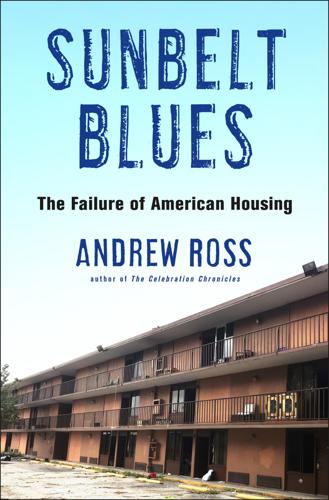
Sunbelt Blues: The Failure of American Housing
by
Andrew Ross
Published 25 Oct 2021
Nonetheless, it looks as if the Hope Center might become a motel landlord, though for reasons and goals quite different from the other owners on the strip. With several properties on 192 for sale at discount prices, and thousands more across the country likely to be shuttered due to the prolonged impact of the pandemic, retrofitted motels are turning into an increasingly viable option for supplying the homes so urgently needed by the Housing First model. ANDREW ROSS 3 Dopesick and Homesick HECTOR TORRES WAS not the first person I met at the Sandpiper Inn, but he is the main reason I kept returning. On my second day there, he noticed me writing in a notebook by the poolside. Because it is his business to know what is happening on his “block,” he hollered down from the second-floor walkway to ask if I was a journalist.
…
Over the first six years, the church funneled almost $1.5 million to Hope, along with a steady stream of volunteers and supplies donated from its congregation. 19. The phrase and its implications for poverty relief were popularized for Christian audiences by Steve Corbett and Brian Fikkert, When Helping Hurts: Alleviating Poverty without Hurting the Poor … and Yourself (Chicago: Moody Publishers, 2009). 20. The Housing First model was developed by Sam Tsemberis, at Pathways to Housing in New York, in the early 1990s, and then research by Dennis Culhane provided evidence of its success: Dennis P. Culhane, Stephen Metraux, and Trevor Hadley, “Public Service Reductions Associated with Placement of Homeless Persons with Severe Mental Illness in Supportive Housing,” Housing Policy Debate 13, no. 1 (Fannie Mae Foundation, 2002), https://shnny.org/uploads/The_Culhane_Report.pdf.

Home: Why Public Housing Is the Answer
by
Eoin Ó Broin
Published 5 May 2019
There were also some modest commitments to further regulate the private rental sector, particularly focusing on how best to reduce the levels of deposit retention by landlords (which at that point was consuming a disproportionate amount of Residential Tenancy Board dispute resolution time) as well as measures to address homelessness, included as a recommitment to the Housing First model. What is striking about the document is its failure to understand that private homeownership will only remain the tenure of choice if other tenures such as social rental, cost rental or private rental are less available or less secure. Promising ‘choice, fairness and equity across tenures’ is only meaningful if there is a level of investment and greater regulation of these long-neglected forms of accommodation that make them a viable option for those seeking a home.

There Is No Place for Us: Working and Homeless in America
by
Brian Goldstone
Published 25 Mar 2025
.: Hazelden, 2010); Jill Khadduri and Marybeth Shinn, In the Midst of Plenty: Homelessness and What to Do About It (New York: Wiley-Blackwell, 2020) and Deborah Padgett, Benjamin Henwood, and Sam Tsemberis, Housing First: Ending Homelessness, Transforming Systems, and Changing Lives (New York: Oxford University Press, 2015); Nan Roman, The Ethics of Housing: The Case for the Housing First Approach (Washington, D.C.: National Alliance to End Homelessness, 2018). GO TO NOTE REFERENCE IN TEXT Staff at schools and colleges: Brian Goldstone, “3 Kids. 2 Paychecks. No Home,” The California Sunday Magazine, November 26, 2019; “The Education of Children and Youth Experiencing Homelessness: Current Trends, Challenges, and Needs,” fact sheet, SchoolHouse Connection, March 2024.